It was once a unit ... dressed in strange uniforms, composed of Slavonians, armed to the teeth. They were put together by Franjo Baron Trenk and gave them a turbulent life. Where they passed they sowed fear. The Bavarians, Prussians and French remembered them well.
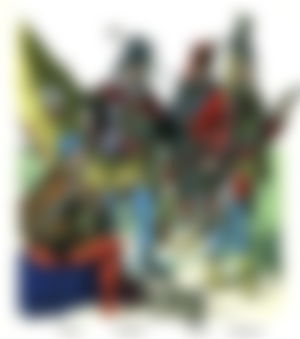
The famous group Trenk's army was founded in 1741 by Baron Franjo Trenk with the support of Queen Maria Theresa.
Trenk's cops were an army of notoriety from France to the Czech Republic for their cruelty, but no one challenged their courage and skill of warfare. The enemy in equal proportions of soldiers had no chance of success.
This is understandable given that the cops came from an area that had been under Turkish occupation for 160 years. The cops' grandfathers and fathers are the generations that brought victory over the century-old occupier through numerous bloody battles. The older cops were living participants in clashes with looting groups from Bosnia who fled to Slavonia even after the expulsion of the Turks. Slavonia was a troubled area where people working in the fields or in the woods had to be ready at all times to defend their own lives and property.
Austria found itself in a hereditary war with the Prussian King Frederick II, who was joined by Bavaria and France, and Queen Maria Theresa welcomed the military assistance offered by Baron Trenk.
Trenk's offer was to equip a unit of 1,000 infantry to fight for the queen, which was a precedent for such a powerful state to be led by a young woman.

The first unit of Trenk's cops numbered 1,030 soldiers:
In warfare, they use a new tactic of daring actions and bold maneuvers in the rigid line lines of the then European armies. Only today, with the opening of the enemy's military documentation from that time, it became clear that the Prussians, French and Bavarians did not have solutions for the way of war against Trenk's Cops, composed mainly of Croats. As commander Trenk was a very strict but exemplary leader.
Proof of this are the numerous attempts to remove Trenk from the post of commander and at the same time the great devotion of the cops to Trenk.
The weapons of the cops were: - a rifle, two pairs of holsters, a saber-carabel and a hanjar
At the time, it was a "tooth-to-tooth" weapon.
Trenk's Cops are part of Croatian military history. It was an army that left a clear mark in the war history of Europe. The appearance of Pandur on the battlefields of that time was unusual for several reasons:
As soldiers, they were very skilled, brazenly brave and very cruel, which was not strange because they came to fight in Central Europe from the space and time that was marked in Croatian history as bloody.
and the relentless period of the long-running Turkish occupation.
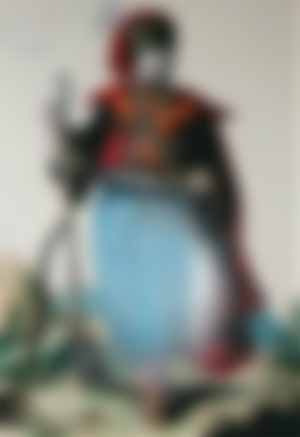
The cops' clothes were very similar to the Turkish one according to Trenk's own idea. It is very unlikely that a Croatian commander would come up with such an idea because of the Croats' aversion to the Turkish occupier and everything he brought with him, but Trenk himself was unencumbered by such prejudices. The variety of colors on the uniforms and its appearance were aimed at psychological pressure on the enemy, especially since during the breakthrough the Cops shouted: "Allah, Allah!", Sowing panic, and using the ignorance of the other side
Trenk's Cops were the first army in Europe to have military music in their composition. Interestingly, they seemed to have first appeared in Europe at the time.
[LEGEND IN KUTJEVO CELLAR]

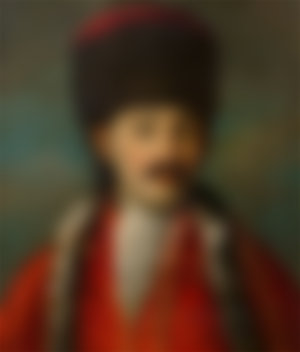
🍷 According to legend, Empress Maria Theresa also stayed in the Kutjevo cellar in 1741. The legend of the secret passionate relationship between Baron Trenk and Maria Theresa is circulating in Slavonia and says that they found their passion in the Kutjevo cellar in the center of Kutjevo. They spent a full seven days enjoying the love power of Kutjevo wine, which means 70 carved lines in the basement wall,
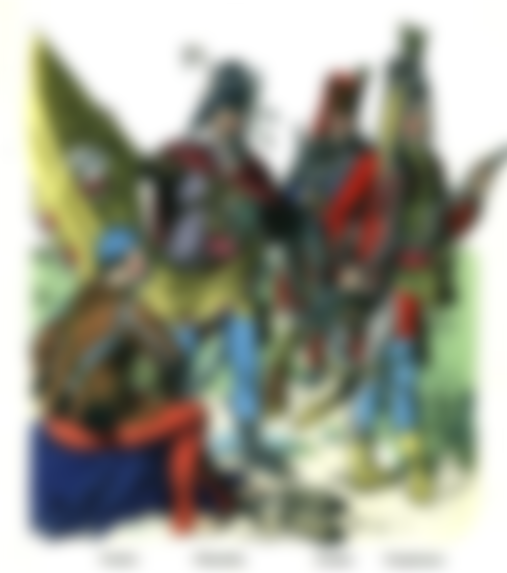


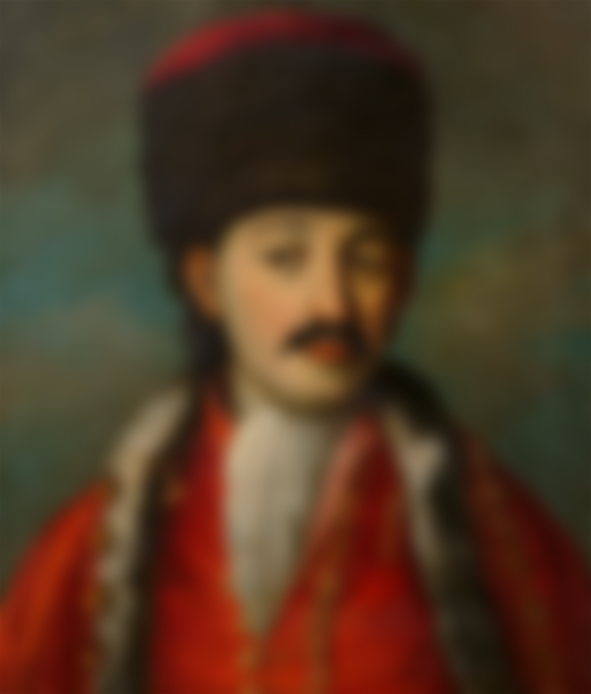
There is a love legend hiding among the wine bottles in the cellar of Kutjevo castle. The Kutjevo winery traces its beginnings in 13th century and is well-known and recognized for the quality of wine it produces. As the story goes, in first half of 18th century, two important figures met at Kutjevo castle while passing through Croatia. The first one was Baron Franz von der Trenck and the second none other than Austro-Hungarian queen Maria Theresa who stopped at Kutjevo on her way to Osijek. To impress the Queen, the Baron spent the evening with her opening and tasting the best wines that the winery had to offer. After some time, under the influence of the wine as much as of the Baron’s charm, the Queen fell in love with the Baron. The couple ordered their subordinates to leave them, posted guards at the entrance and spent the next seven days in the wine cellar – the wine serving them as an aphrodisiac. When they finally exited the wine cellar, they parted without long goodbyes. The servants and cellarers entered the wine cellar and, beside a number of empty wine bottles, noticed 70 notches on a wall – one for every time the Baron and Queen made love. Beside the notches, the local people were surprised to find the old stone table indented, and another legend was born: the passion between the Baron and the Queen was so strong that it melted stone. It is believed that the marked table, that stands among the wine barrels to this day, holds a special power. Anyone who holds his or her palm on the surface of the table and makes a love wish will find it granted in a year’s time.